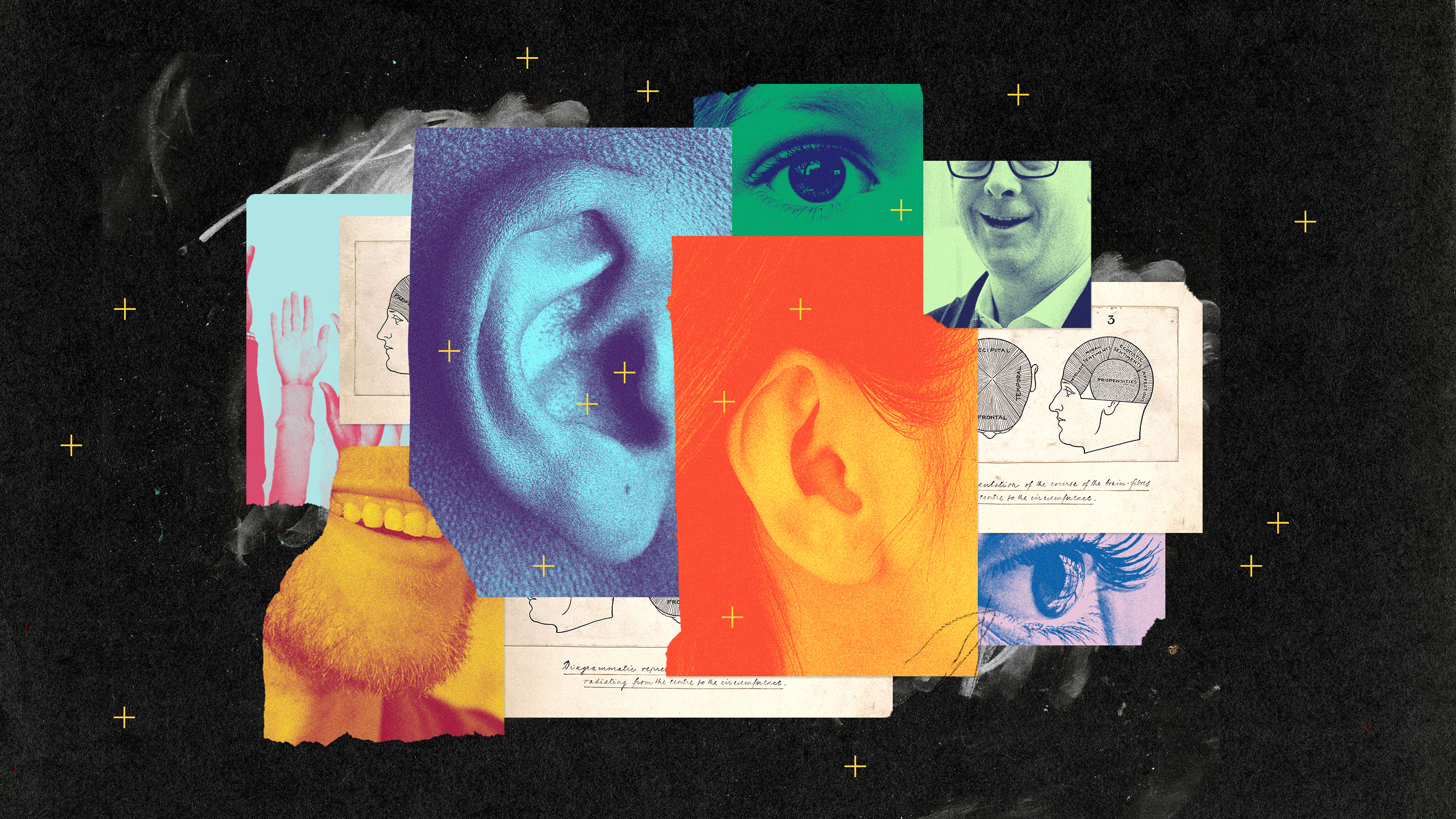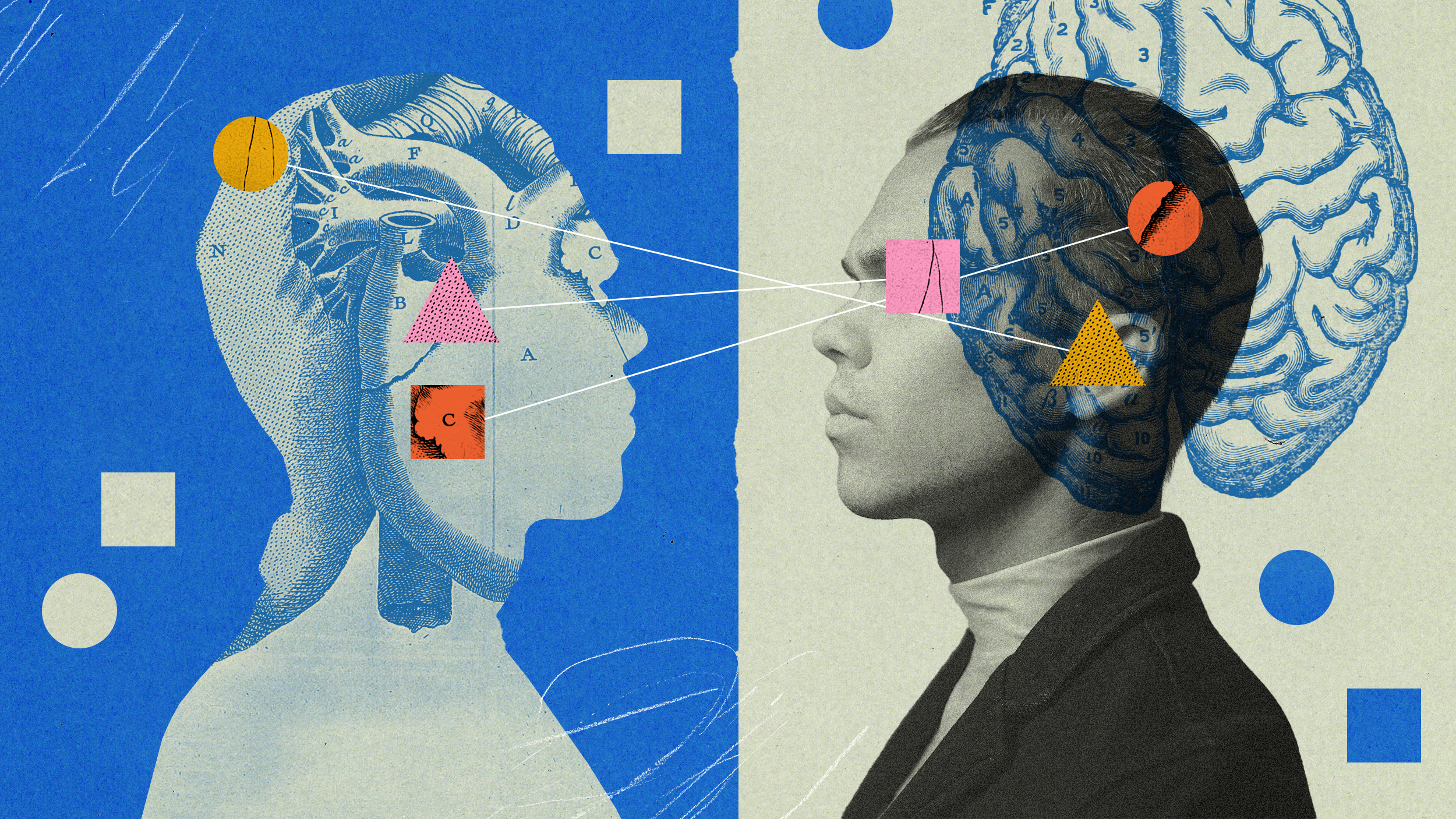Joanne Willard
Joanne Willard has spent her entire adult life in the field of instructional design. As an independent instructional designer for longer than she likes to admit, she has a long and varied list of clients and accomplishments. She credits her success in the ID field to an insatiable appetite for learning new things. (You can’t teach it until you understand it!)
Creating a culture of innovation requires champions and cheerleaders at every level and in every function within an organization.
There are several different types of learner engagement, from emotional to cognitive. Here’s how to improve each.
What distinguishes effective from ineffective leadership training? Read on to find out.
Recent changes have affected the design and development of instructor-led training. Read on to find out how.
Why implementing an individual development plan process is a smart move for organizations today, and how to get started.
Four key components to guide the creation of emotional intelligence training for leaders.
To keep up with the pace of change, organizations that haven’t already can benefit greatly from exploring skills-based training.
With crisis management training, organizations can develop the agility to recover from crises with as little disruption as possible.
Conducting a thorough needs analysis requires care, curiosity, and open-mindedness.
This list of leadership training topics is designed to help businesses navigate the times and prepare for the future.
The benefits of employee training are felt far and wide, from improvements in workers’ wellbeing to better customer interactions.
Crafting an effective learning and development strategy can be challenging. Here are five key considerations.
From honing the art of perception to checking cognitive biases, here are a few techniques employees can learn in critical thinking training.
When organized effectively, peer mentoring programs can offer substantial benefits for organizations and their employees.
Without a solid understanding of the factors that affect the transfer of learning, the gulf between training and job performance is difficult to bridge.
From active listening to giving feedback, these five capabilities are integral to interpersonal skills training.
These 10 best practices can help organizations develop high-quality and engaging training videos for employees.
There are many ways asynchronous learning benefits both individuals and organizations, from learner autonomy to cost savings.
There are plenty of alternatives to spending a fortune on employee training programs. These 10 options are a great place to start.
If measuring eLearning ROI is so important, why aren’t more organizations doing it?
Innovation training encourages the kind of creativity and problem solving that can lead to breakthroughs in business.
Gamification, minimalist design, using AI to track behavior — this article dives into these and other key ways to optimize an eLearning strategy.
From gamification to VR, here are 10 ways to make learning fun and engaging.
When constructed well, post-training survey questions can provide a wealth of information that helps guide future design decisions.
Online learning has become the new normal, but it isn’t without its challenges.
Understanding Mezirow’s theory of transformative learning can help you become a catalyst of change.
Much like energy and nutrients flow in a continuous cycle between the elements of a natural ecosystem, a free flow of knowledge fuels the growth of a learning ecosystem.
Agile learning enables an organization to pivot quickly in response to changes in technology, economic conditions, market demand, and more.
A skills gap analysis can help an organization prepare for change and become well-equipped to thrive in the future.
There are dozens of instructional design models, but most learning designers rely on a select few. Here are four of the most common.





























